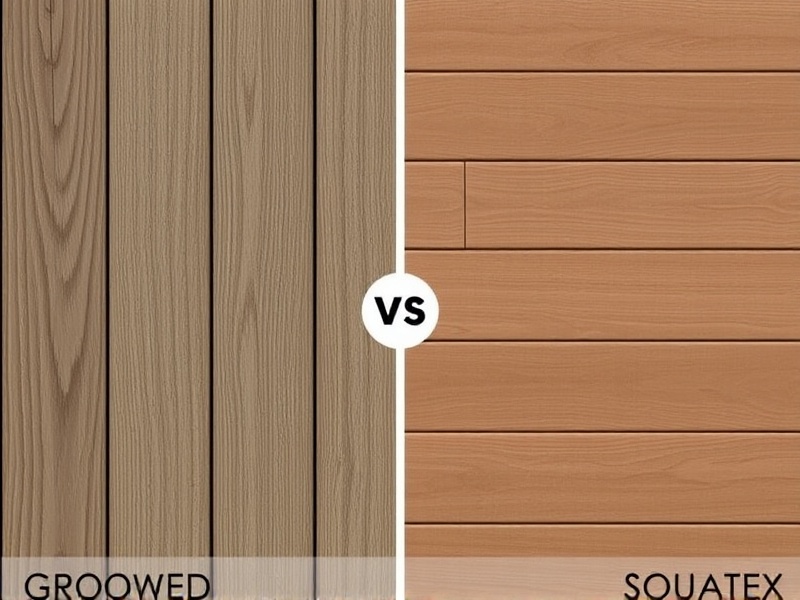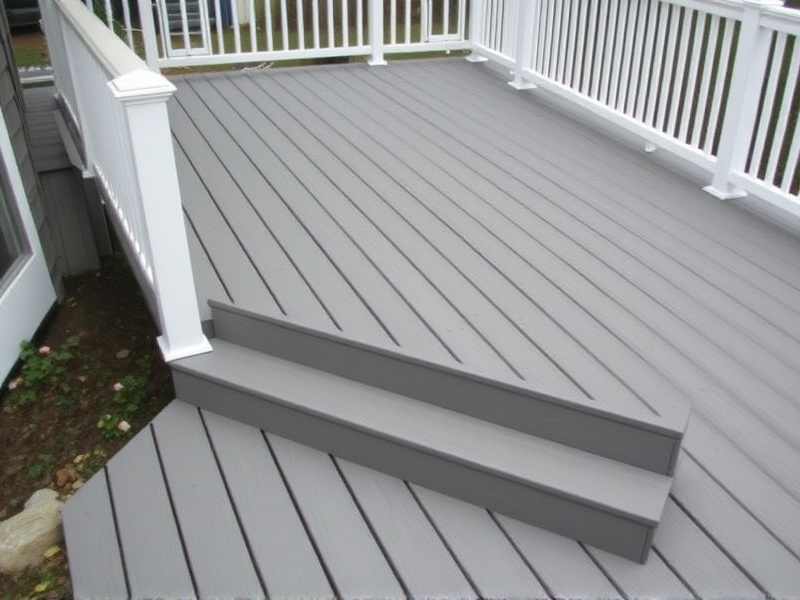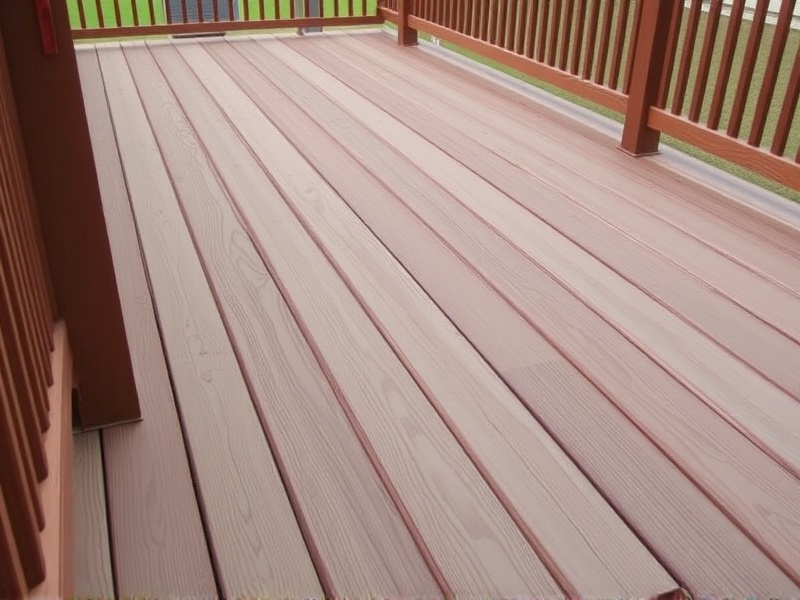grooved vs square TREX
Introduction to Grooved and Square TREX Decking Materials
TREX is a leading brand in the world of composite decking, known for its innovative materials that blend beauty with durability. When it comes to choosing between grooved and square TREX decking, understanding their unique characteristics can help you make an informed decision. This article will explore the characteristics, installation processes, cost-effectiveness, durability, and aesthetics of both options, highlighting scenarios where each type excels.
Characteristics of Grooved and Square TREX Decking
Grooved TREX decking features small channels along the edges of the boards, designed to lock into hidden fasteners for a sleek, seamless appearance. On the other hand, square TREX decking has a flat surface on all four sides, offering a traditional look with visible screws or nails for attachment. Both types are made from high-quality composite materials, but their distinct designs cater to different aesthetic preferences and functional needs.
Installation Processes
The installation process for grooved TREX decking is generally simpler due to the pre-grooved design, which facilitates the use of hidden fasteners. This method not only reduces the visibility of fastening hardware but also enhances the deck’s longevity by minimizing screw holes. Conversely, square TREX requires visible fasteners, such as screws or nails, which can be more time-consuming to install. However, this approach offers greater flexibility in adjusting board placement during installation.
Cost-Effectiveness and Durability
In terms of cost-effectiveness, grooved TREX tends to be slightly more expensive due to the specialized fasteners required for installation. Nevertheless, the long-term savings from reduced maintenance and increased lifespan often justify the initial investment. Square TREX, while potentially less expensive upfront, may require more frequent repairs or replacements over time, affecting its overall cost-effectiveness.
Durability-wise, both grooved and square TREX materials are highly resistant to moisture, rot, and insects. However, grooved TREX might have a slight edge in terms of longevity because the hidden fasteners reduce the risk of water seepage and corrosion around screw holes.
Aesthetics and Scenarios Where Each Type Excels
Aesthetically, square TREX provides a classic, traditional look that many homeowners prefer for its timeless appeal. It works exceptionally well in settings where a more formal or traditional ambiance is desired. In contrast, grooved TREX offers a contemporary, minimalist style that blends seamlessly with modern architectural designs. Its sleek, fastener-free appearance makes it ideal for projects seeking a clean, unobtrusive finish.
For instance, a grooved TREX deck would be perfect for a contemporary home with large glass windows, enhancing the outdoor living space without clashing with the interior design. Meanwhile, a square TREX deck could complement a traditional colonial-style house, adding warmth and character to the exterior.
Conclusion
Choosing between grooved and square TREX decking ultimately depends on your personal style preferences, budget constraints, and intended use. Grooved TREX offers a sleek, low-maintenance option that excels in modern settings, while square TREX provides a classic, versatile choice suitable for a wide range of architectural styles. By considering these factors, you can select the best TREX material for your next deck project.






Reviews
There are no reviews yet.